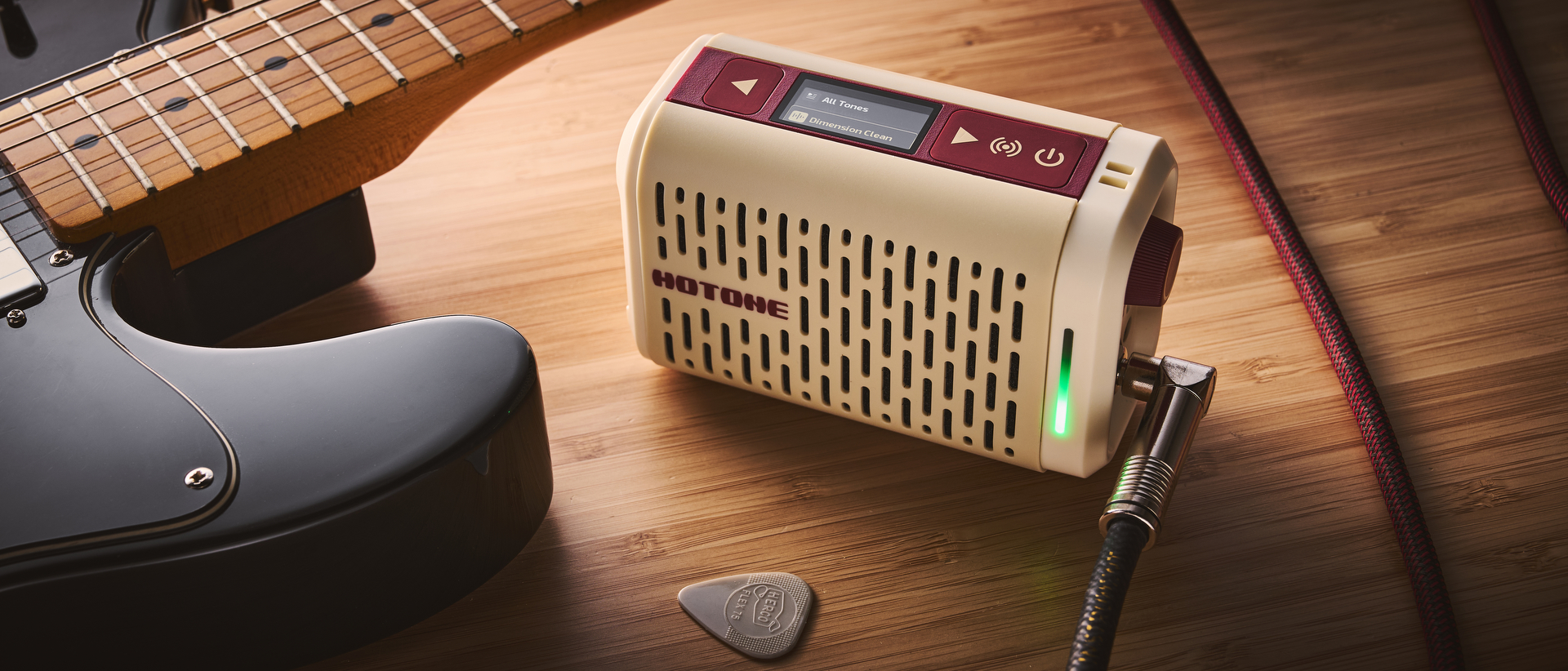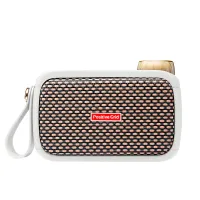MusicRadar Verdict
A solidly built desktop amp with more tones than you can shake your guitar at - but it’s let down slightly with an underwhelming app and fizzy high-gain tones.
Pros
- +
Great range of presets.
- +
Sturdy build.
- +
Seriously portable.
Cons
- -
The app experience isn’t the greatest
- -
Can sound harsh, especially on high-gain settings.
- -
Built-in drums are poor.
MusicRadar's got your back
What is it?
Are over-the-top, larger-than-life amp rigs now a thing of the past? At least for home practice, we’d say a resounding yes! Pint-sized, effect-laden mini amps are now very much in vogue, and now there’s a new one on the scene looking to snatch the crown from market leaders Positive Grid. Enter the Hotone Pulze Mini.
This pocket amp is based on Hotone's popular Pulze, taking everything we love about the original and cramming it into a portable desktop amp that can easily slip into the pocket of your gig bag.
Packing the company’s CDCM HD (Comprehensive Dynamic Circuit Modelling) and F.I.R.E. (Field Impulse Response Enhancement) technology, the Pulze Mini promises to deliver ultra-realistic tones with tube-like dynamics. With 52 amp models, 48 cabinet simulations, over 100 effects, and 20 user IR slots, this tiny combo offers a smorgasbord of tonal possibilities.

The internal 3900mAh battery rolls out an impressive 11.5 hours of playtime with headphones or a solid 5.5 hours at medium volume
It also features a 2" full-range speaker and serviceable 5W of output power, so there is plenty of juice in the tank for bedroom jamming. As you’d expect, there’s also a built-in tuner, as well as a metronome and drum machine with 100 unique patterns to choose from.
Like most desktop amps, the Pulze Mini supports Bluetooth audio for playing along with your favourite songs and is fully controllable via the Pulze Controller app. Plus, the internal 3900mAh battery rolls out an impressive 11.5 hours of playtime with headphones or a solid 5.5 hours at medium volume.
On paper, the Pulze Mini looks to be the ultimate practice tool, but how does it stack up against the competition? Let’s dive deeper into its features and performance.
Specs
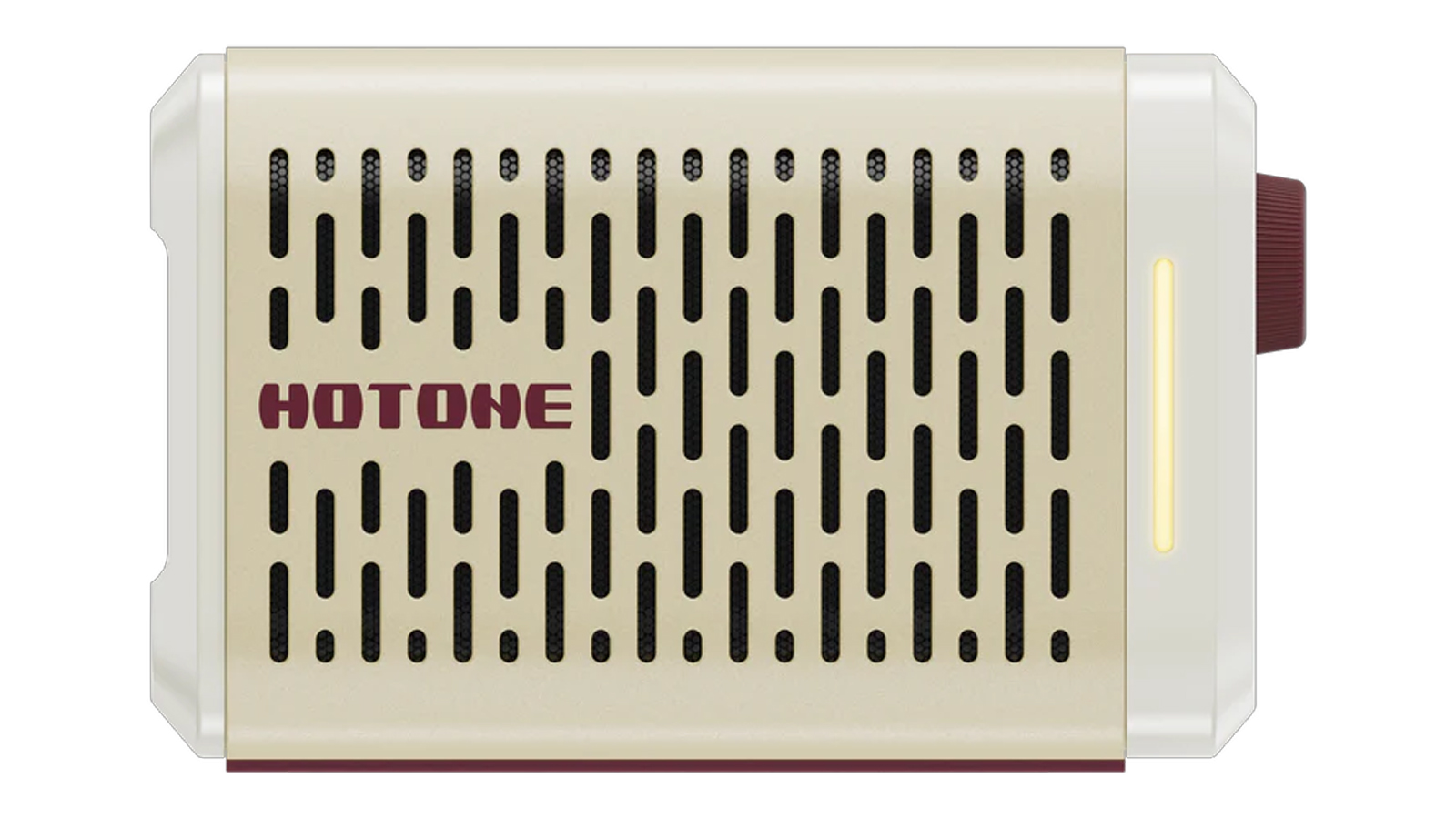
- Launch price: $137/£105/€119
- Type: Desktop modelling amp
- Origin: China
- Output: 5 Watts
- Speaker: 2" custom full-range speaker
- Controls: Left and right selectors, Bluetooth, volume
- Connectivity: Inputs, outputs, headphone-out
- Footswitch: Pulze Control wireless MIDI footswitch (sold separately)
- Weight: 0.8 1Lbs/368 g
- Dimensions: 125mm (W) × 57mm (D) ×79mm (H)
- Contact: Hotone
Build quality
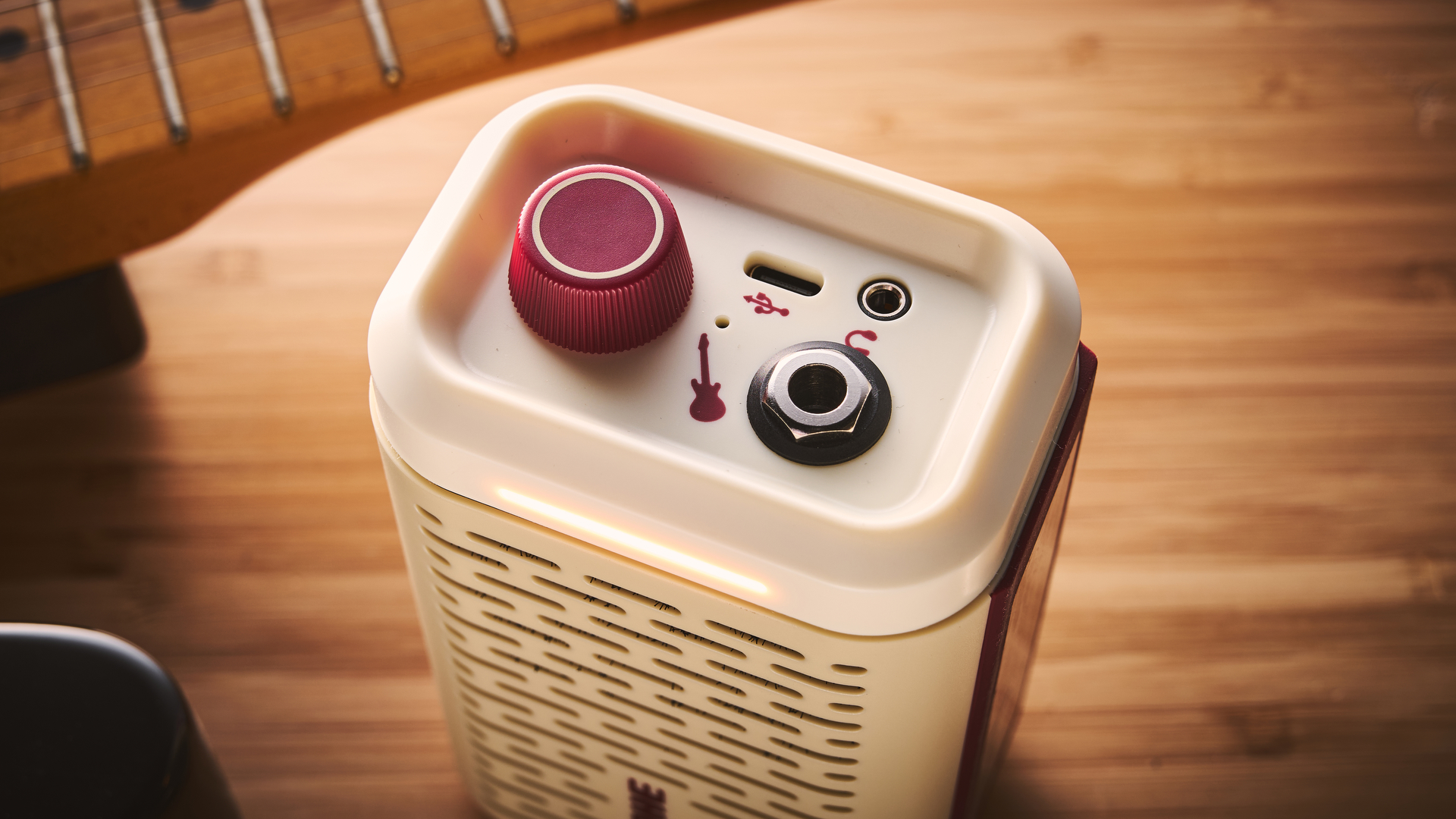
Build quality rating: ★★★★☆
Want all the hottest music and gear news, reviews, deals, features and more, direct to your inbox? Sign up here.
The materials feel premium, and there's a solid weight to it that gives you confidence it can handle being thrown in the boot of the car and taken anywhere
When it comes to portable amps, the Positive Grid Spark Go is the Pulze Mini's most natural competitor, but after some hands-on experience, it's clear that the Hotone Pulze Mini takes the cake in terms of build quality. Sure, it might be a bit chunkier than its counterpart, but that extra heft translates to a sturdiness that feels more like a reliable Bluetooth speaker than a flimsy guitar practice gadget.
The materials feel premium, and there's a solid weight to it that gives you confidence it can handle being thrown in the boot of the car and taken anywhere. The control knobs have a satisfying resistance, and they are nicely recessed so you won’t accidentally bump them while jamming.
I like the addition of the screen, too, something that I always thought was missing on Positive Grid's mini amp. It's nice to be able to clearly see what adjustments you are making - there's no guesswork here.
However, I’ve got to hand it to the Spark Go when it comes to aesthetics. While the Pulze Mini's cream and burgundy combo might have some fans, I can’t help but think it feels a tad dated. Black might seem like a safe choice, but I’d prefer Hotone to take a cue from the original Pulze and give us that sleek Eclipse finish of the bigger amp. I’m all for a classic grey option making its way over to the mini version.
Usability

Usability rating: ★★★☆☆
Now, let’s kick off this section by saying how much I appreciate that I don’t need to have my mobile phone connected to dive into the Pulze Mini. In a world where it seems like every product requires an app to function, it’s a refreshing change to just power up this amp and start playing right away. All presets, tuner, and Bluetooth options are conveniently accessible through the buttons on the front and side of the device, and honestly, they’re pretty intuitive to navigate.
Of course, to unlock the amp's full potential, connecting it to the app is a must. This is where my enthusiasm for the Pulze Mini started to wane. First off, Android users need to download the Pulze Control app directly from the Hotone website - after scrolling through a list of previous versions. As of this review, it’s not available on the Google Play Store.
Once I got the app downloaded and connected to my amp, I was ready to rock. My initial impression? Well, let’s just say the app felt a bit dated. It’s laid out similarly to the Positive Grid’s Spark companion app, but it lacks that extra flair and polish we’ve come to expect these days.
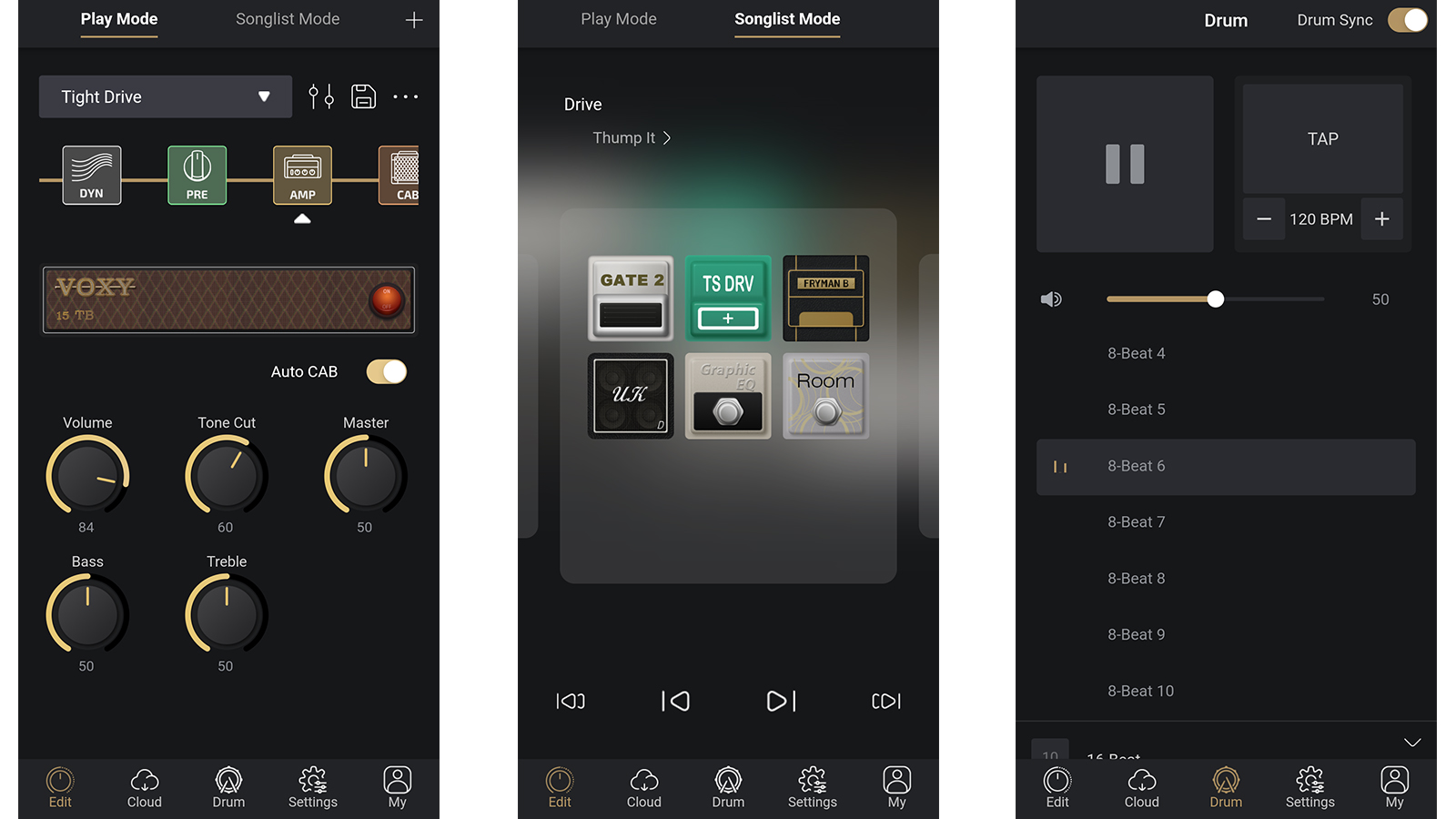
I have to admit, I genuinely feel let down by the user experience of the Pulze Control app
Navigating through the app was OK, and everything is pretty much where you'd expect it to be. Adjusting amp settings is simple enough, and even changing the order of your effects is easy to do, so I'll give Hotone credit for that.
Now, onto the extra features - let’s just say I felt more underwhelmed than impressed, to be honest. The app lets you download user presets through a cloud system, but the process is a bit clunky at best. Once downloaded, the presets won’t load automatically, so you have to go hunting for your new settings and load them manually, which feels time-consuming when you just want to load the preset and play.
And then there’s the drum machine. A solid idea on paper, but the execution is a bit lacklustre. The patterns are pretty basic and don’t quite meet the sonic standards that modern guitarists are used to. Maybe I’m just spoiled by the Spark's auto-jam feature, but this drum machine feels like it took a step back in time.
I have to admit, I genuinely feel let down by the user experience of the Pulze Control app. I had high hopes for this amp after being impressed by its sturdy build, but unfortunately, its app is letting the side down. Here’s hoping it can redeem itself with a wealth of stunning tones.
Sounds

Sounds rating: ★★★½
As someone with a deep love for chorus, tremolo, and all things modulation, I can confidently say that Hotone has truly nailed these effects
The number of tones on offer with the Hotone Pulze Mini is truly staggering. From '80s shimmering chorus that'll take you straight back in time to high-gain face-melters that could wake the neighbours, this little powerhouse covers all the tonal bases you could dream of. That said, some effects shine a bit brighter than others.
As someone with a deep love for chorus, tremolo, and all things modulation, I can confidently say that Hotone has truly nailed these effects in the Pulze Mini. The Dimension Clean preset, in particular, stood out to me and was the setting I returned to the most. Pairing it with my Fender Jazzmaster was nothing short of magical. The tone was rich, lush, and genuinely inspiring. Sure, I couldn’t resist the urge to play the opening measures of Purple Rain, but this setting does far more than just recreate The Purple One's classic. Honestly, it's worth the price of admission all on its own.
Moving on to the time-based effects, it's a similar story. The tape delays are warm and inviting, with a vintage character that wraps around your notes beautifully. And the reverbs are on point too. Deep, immersive, and vibrant, they sound massive - especially with headphones on. If your sonic palette leans toward clean, wide tones, the Pulze Mini will get you there with no problems at all.
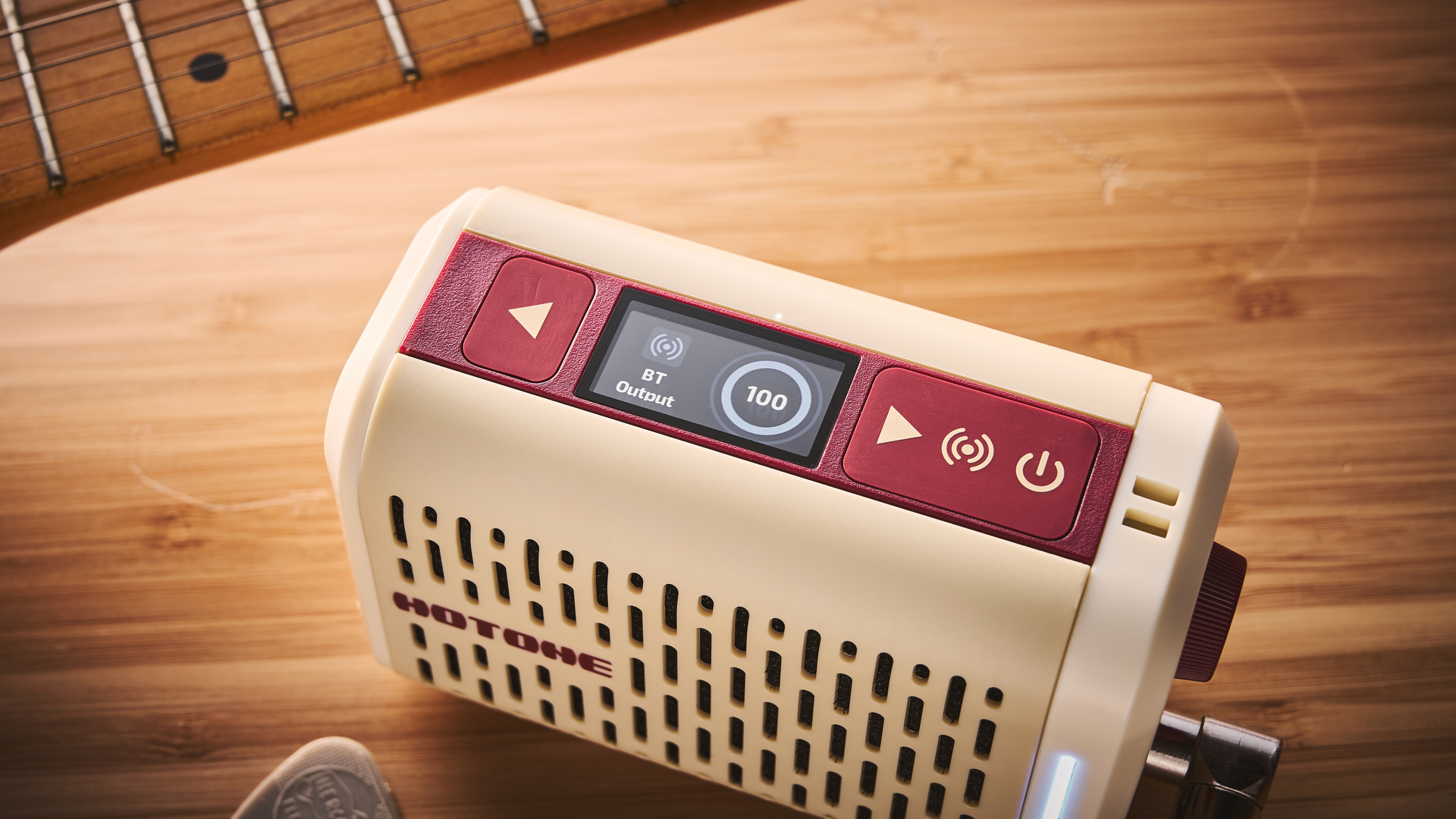
However, we do hit a bit of a snag with the higher gain settings. It might be the limitation of the smaller speaker, but the metal tones can come off as jagged and, at times, a tad harsh. No matter if it was the Soldano SL-100, EVH 5150 or Marshall JCM-800, I couldn’t get a convincing tone that I was 100% happy with.
The presets frequently lean on the treble-heavy side, coupled with that classic scooped midrange that’s often synonymous with traditional metal tones. That said, tweaking those settings to reintroduce some mids while dialling back the treble did allow me to coax out a more usable tone. Still, I'll be honest, I think I don't this is the best practice amp for metalheads.
With medium-gain settings, however, it's a different story. The AC-30 model was pretty convincing and quickly became my go-to for some bluesy, laid-back noodling, and I very much liked the Bassman-esque setting with a light drive in front for some grit. It felt dynamic, responsive and was a lot of fun.
Verdict
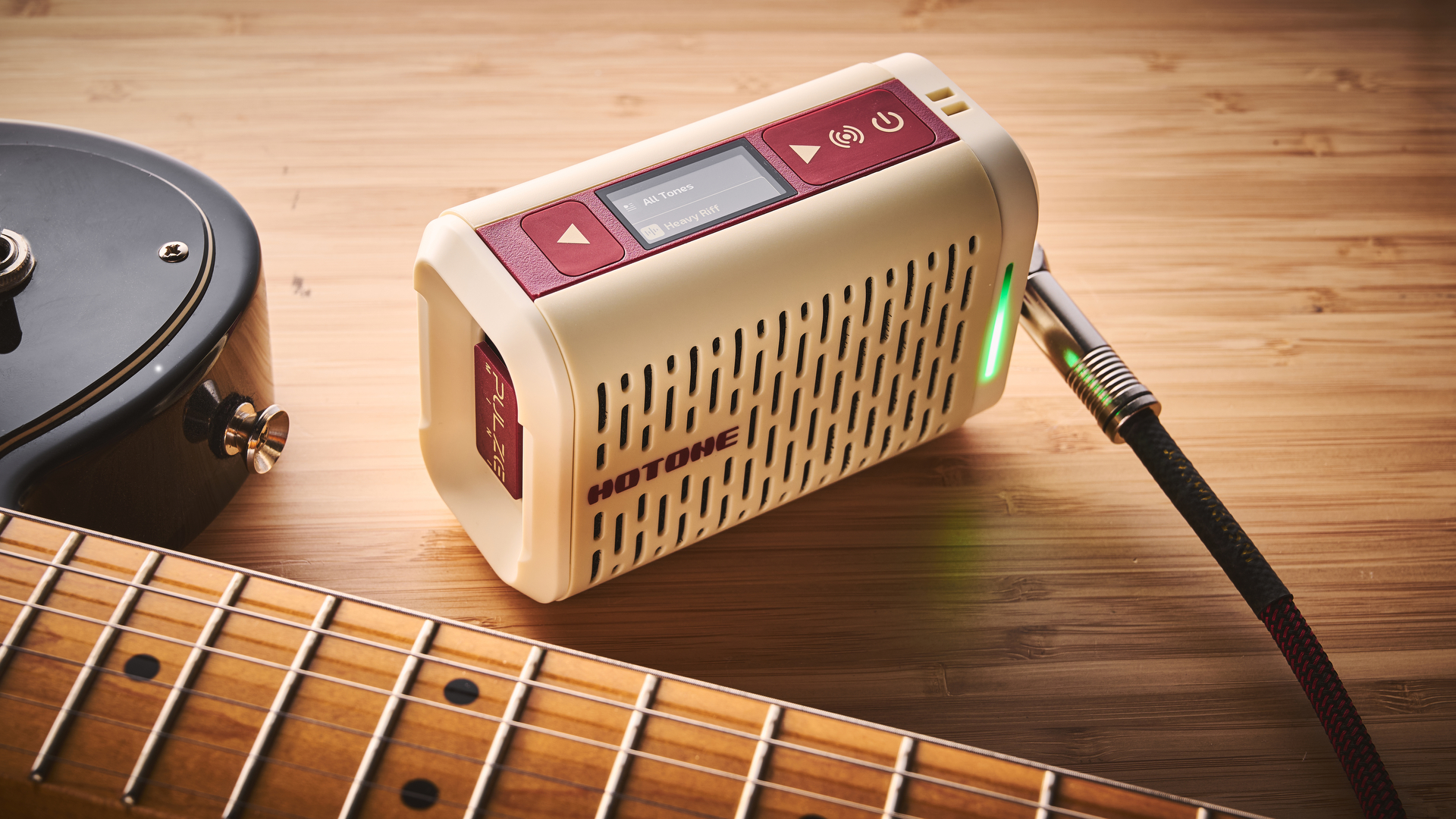
At under £100, the Hotone Pulze Mini is a delightful little powerhouse that deserves consideration for a spot in your gig bag. With its impressive array of tones and stellar build quality, it’s worth the price. That said, the companion app does leave a lot to be desired, and we’d love to see Hotone make some improvements to the user experience in the next software update.
Tonally, the Hotone Pulze Mini delivers on a few key fronts, though. Sure, it has a few quirks, especially when it comes to high-gain settings that may leave metal aficionados craving a bit more depth. But let's be honest, the clean and medium-gain sound is where it truly flexes its sonic muscles.
While the design might not win any awards for trendiness, it’s the sound that ultimately counts, and the Pulze Mini will deliver for many players. So, if you’re in the market for an engaging, versatile, and portable amp that won’t break the bank, give the Hotone Pulze Mini a whirl.
MusicRadar verdict: A solidly built desktop amp with more tones than you can shake your guitar at - but it’s let down slightly with an underwhelming app and fizzy high-gain tones.
Test | Results | Score |
|---|---|---|
Build quality | Very well made, just what we'd expect from Hotone. | ★★★★☆ |
Usability | Intuitive amp controls, but it's let down by the app. | ★★★ |
Sounds | Great effects and nails clean and light breakup tones – but less satisfying with its higher gain models. | ★★★½ |
Overall | Well constructed, solid tones but we'd prefer a better companion app. | ★★★½ |
Also try
Positive Grid Spark GO - £89/$109
The Spark GO is the smallest Spark in the lineup, but thankfully, it's still packing many of the features that made us fall in love with its big brothers, the Spark 40 and Spark Mini.
Read more: Positive Grid Spark GO review
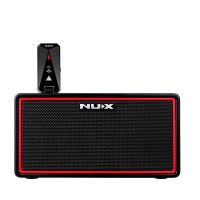
NUX Mighty Air - £141/$159
NUX has quickly established itself as a formidable force in the budget gear arena, and the Mighty Air proves why. Combining a wireless stereo desktop amp with a Bluetooth speaker, the Mighty Air is exactly the unit you've been looking for if you're trying to keep costs down without compromising on tone or features.
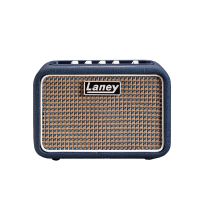
Laney Lionheart Mini - £59/$67
Obviously modelled after its much larger counterpart, this amp nails the retro vibe of the original with its navy exterior and beige grill - and it sounds ace as well.
Hands-on videos
HotoneAudio
Raoul Tchoï
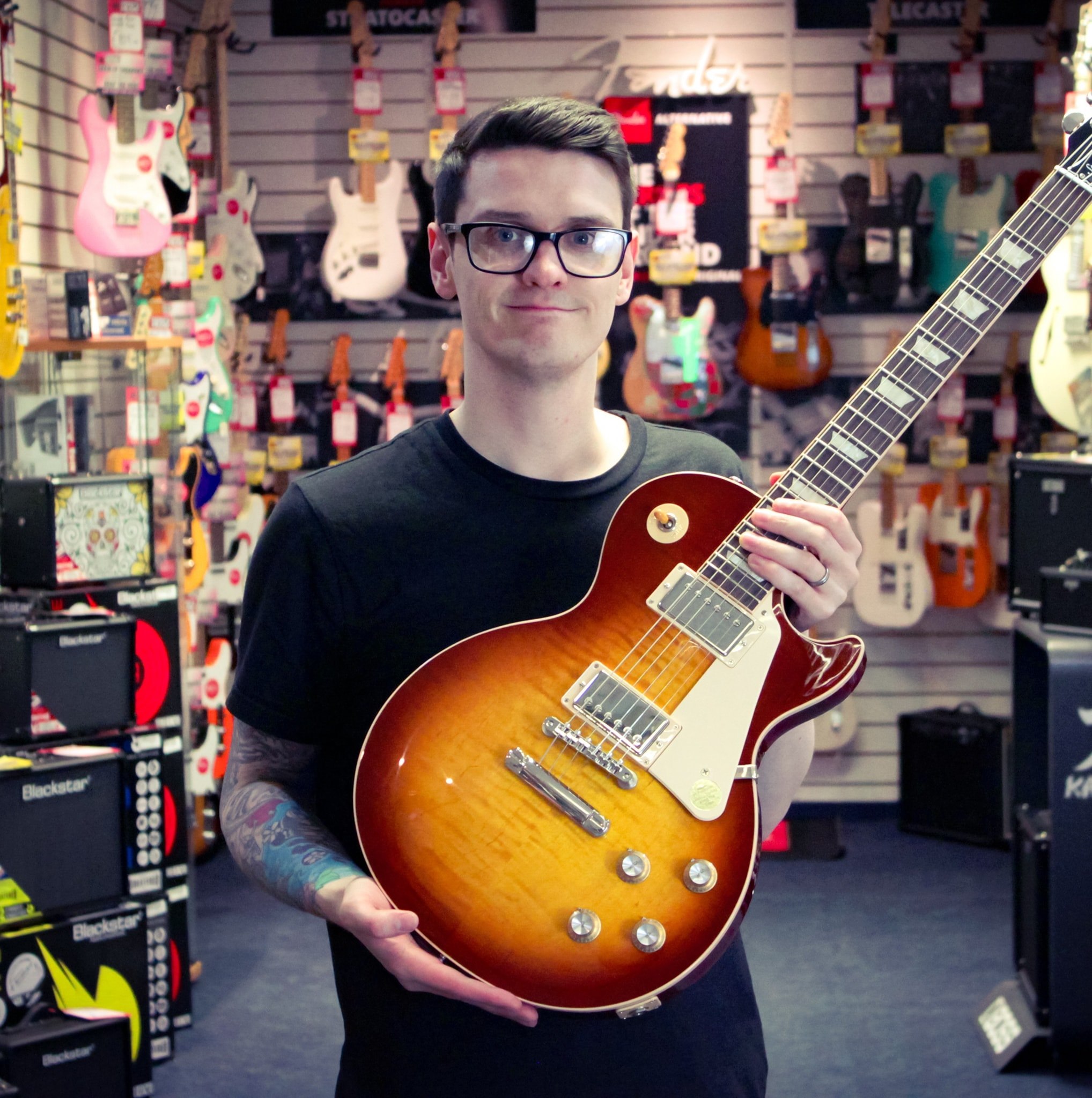
I'm a Senior Deals Writer at MusicRadar, and I'm responsible for writing and maintaining buyer's guides on the site. As part of my role, I also scour the internet for the best deals I can find on gear and get hands-on with the products for reviews. My gear reviews have been published in prominent publications, including Total Guitar, Guitarist, and Future Music, as well as Guitar World.com. I've also had the privilege of interviewing everyone from Slash to Yungblud, as well as members of Sum 41, Foo Fighters, The Offspring, and many more.
In a previous life, I worked in music retail, selling everything from digital pianos to electric guitars. I'm also a fully qualified sound engineer who holds a first-class Bachelor's degree in Creative Sound Production from the University of Abertay.
You must confirm your public display name before commenting
Please logout and then login again, you will then be prompted to enter your display name.
